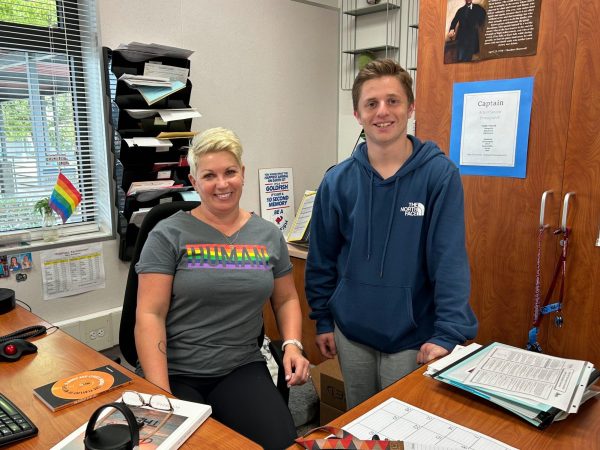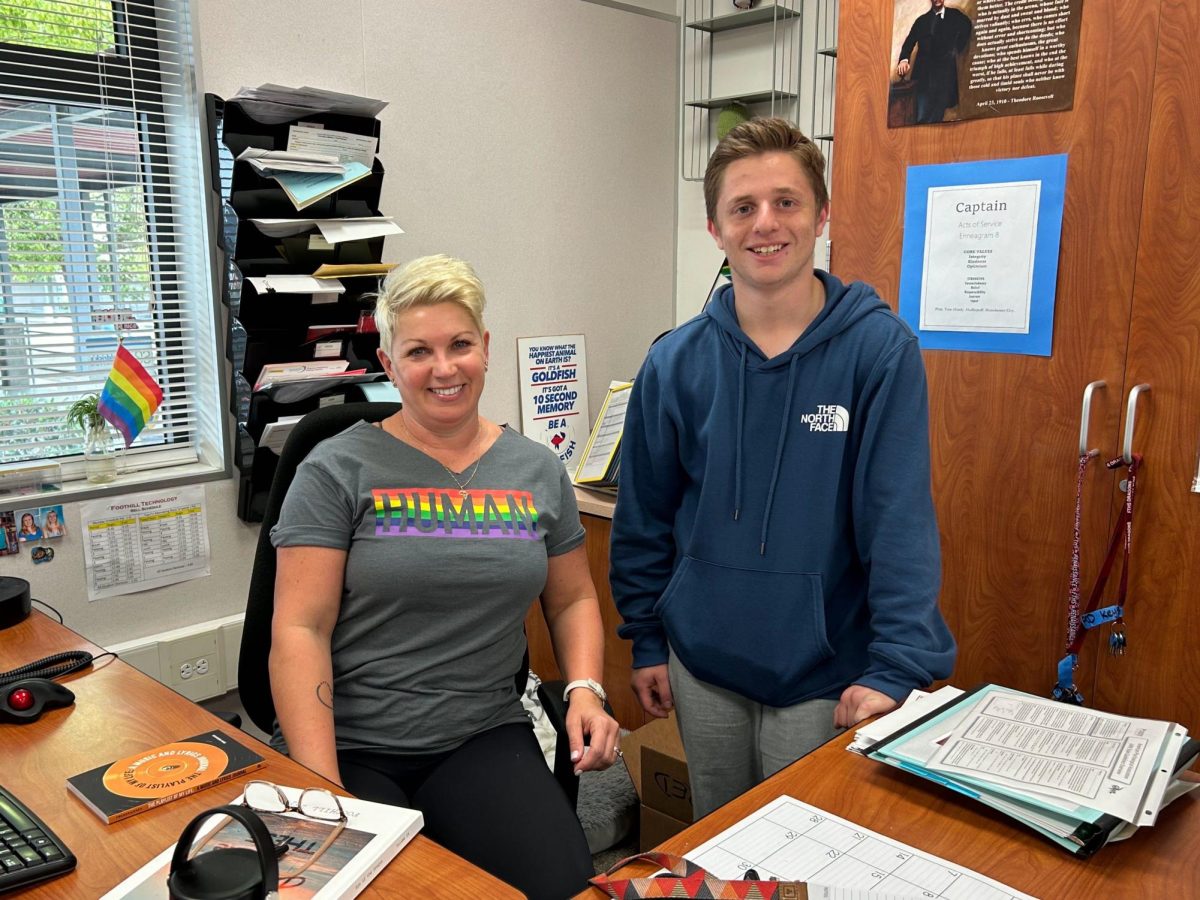Water is a crucial aspect of everyday life. “People don’t necessarily think about what life would be like without water,” Richard Martin expressed, the assistant general manager at Ventura Water. In the city of Ventura, Calif., with around 110,000 residents, a labyrinth of 390 miles of pipeline is operating under the surface at all times. That water — which isn’t solely sewer, but also comes from simple tasks like doing laundry, washing your hands or rinsing dishes —flows all the way to the wastewater treatment facility. Located at 1400 Spinnaker Drive, the facility treats roughly eight million gallons of wastewater a day through an extremely thorough seven-step process.

Firstly, the wastewater is taken to “headworks” where it gets screened to remove any grit, rags, trash and plastic. Then it moves on to sedimentation tanks, using the natural effects of gravity to displace solid sediment from the water. After sedimentation, the water flows to the heart of the treatment plant; the aeration basin.
Martin affectionately refers to the aeration basin as the heart of the plant because of the essential operation of nitrification and denitrification of the water. During these processes, air is pumped into the water, turning ammonia into nitrate. Once nitrated, the air pumping stops to begin the denitrification, where the nitrate begins to turn into a gas form that bubbles on the surface. Martin also emphasizes that aeration treatment is completely biological, using natural methods to clean the water from harmful bacteria.
Once the water is finished in the aeration basin, it moves on to the secondary sedimentation tanks. Bacteria and sludge sinks to the bottom to separate from the clear liquid, and the water flows to the next process: tertiary sand filters. Composed of sand and gravel filters, the water is backwashed through to remove fine particles. At this stage, the treated water can be used for agricultural purposes. To further treat the water, it moves into the chemical stage of chlorine contact. Gas chlorine is mixed over time into the water to disinfect any remaining bacteria. The water is then dechlorinated with sulfur dioxide to make it safe for wildlife, where it’s released into nearby thriving ponds, and the Santa Clara River Estuary.
It is important … to be consciously aware of where your water is coming from and what you end up doing with [it].
— Richard Martin
Any leftover sludge is then processed in digesters, turning it into methane gas to generate electricity for up to 30 percent of the plant, bringing the process into a full cycle with no part of the wastewater being unused.
Thankfully, there are advancements coming for Ventura’s water. “It is imperative that we use our resources wisely,” Martin stated. In a city that is 100 percent dependent on local water resources and riddled with a history of droughts, new facilities and technology can provide a reliable source of water for the future. Across the street from the wastewater treatment plant, the city is looking into the possibility of an Advanced Water Purification Facility (AWPF) to further recycle water to the degree of consumption. Ventura is also working on State Water Interconnection to access a controllable non-local water supply, and to provide reliability for the future.

Martin explained another state-of-the-art technology for wastewater treatment; a Membrane BioReactor (MBR). Installing a MBR allows a higher quality of filtration, as well as having a more efficient design than sedimentation tanks. “We want to get to the point where we can recycle and reuse all forms of water, and now we have [the] technology to be able to do that,” Martin said, adding that, “[It’s] important to remind yourself that we bear the responsibility of securing future water supplies… decisions we make now can have a huge impact on resources later down the road.” He continues, explaining that Ventura is one of a handful of cities moving towards more sustainable water supplies, and new technologies like the MBR and AWPF. With over 100 staff members and operations 24/7, Ventura Water provides a largely unrecognized service that is constantly innovating and improving to provide the city with essential water functions.































